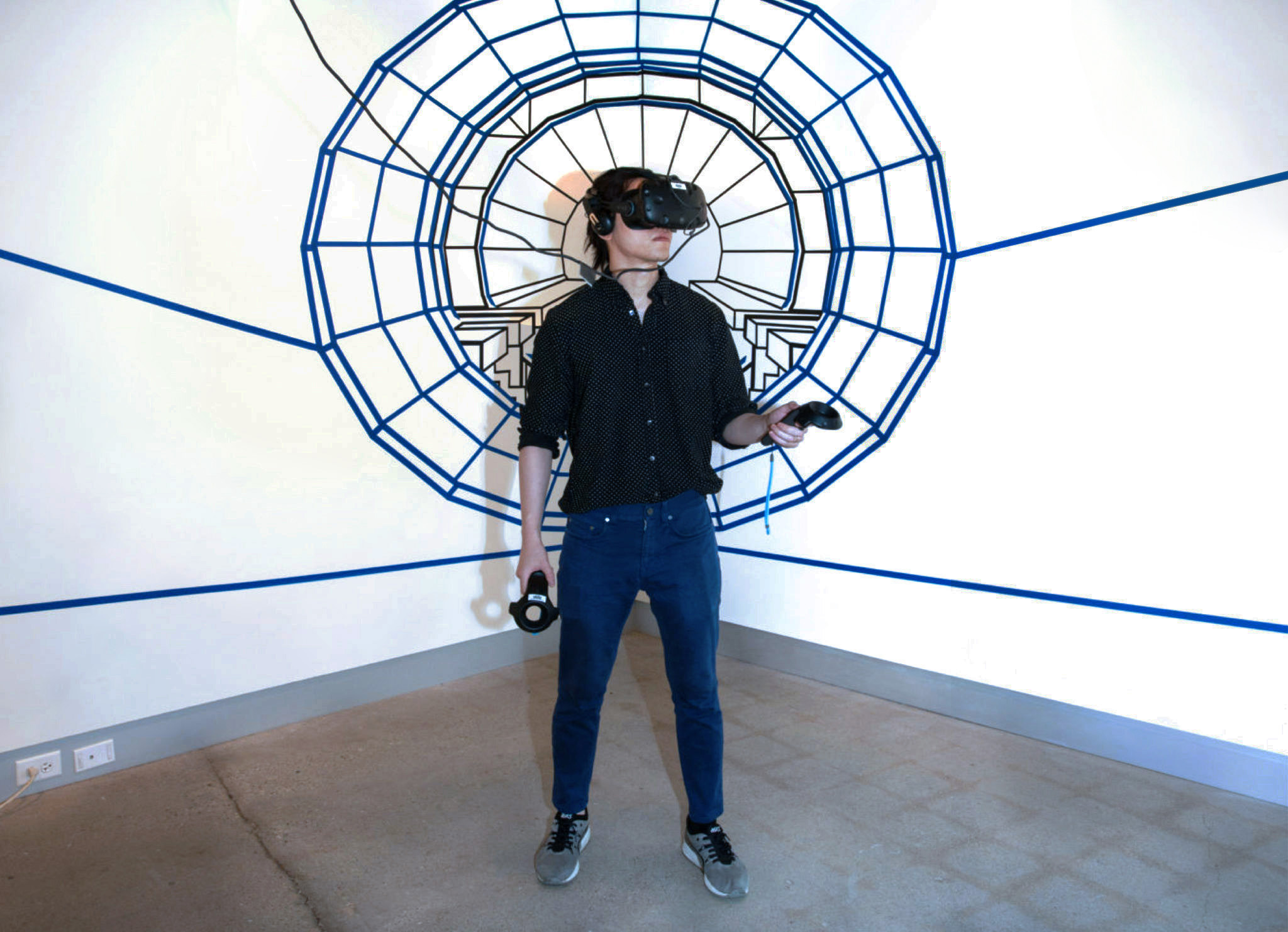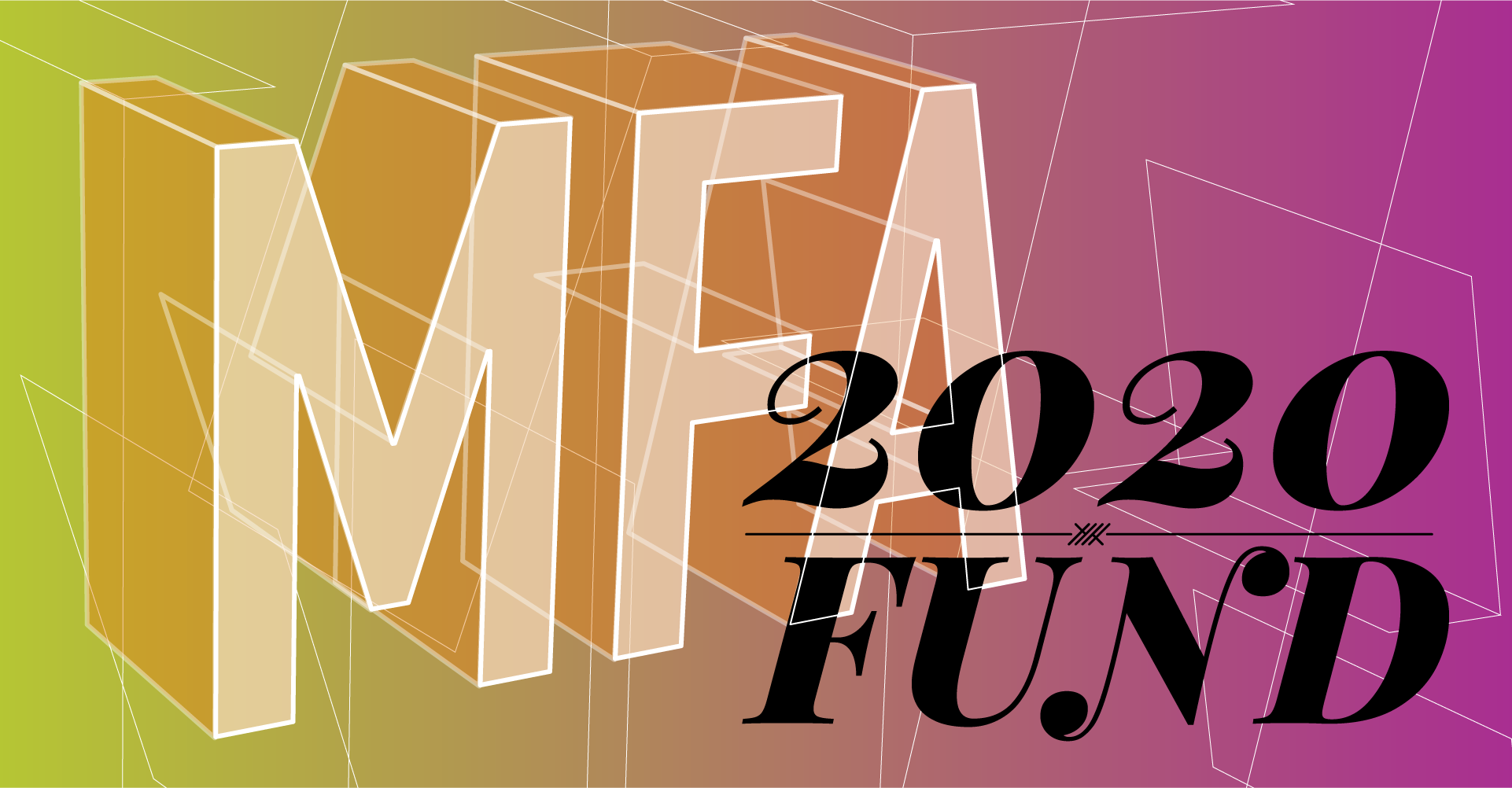2019 seems to be the year of successful alumni and student collaborations in the MFA program. Limitless Spaces by Zoe Cinel and Shirin Ghoraishi questioned our ideas of space while Kyle Harabedian and Dennis Madamba published one of many issues of Campfire this Summer. Furthermore, Maria José Castillo and Camilo Aguirre learned about their selection at the White Pages gallery in Minneapolis. Also, the Emma Beatrez – Lee Noble – Shirin Ghoraishi – Nora Spiekermann collaboration happened at Hair and Nails this July, titled Also, Put It In My Bath. We caught up with some of the collaborators to learn about the essentials of collaborations. How do successful collaborations work?
Dennis Madamba + Kyle Harabedian
Q : Firstly, tell us about your collaboration. What is the origin of the Campfire idea?
Campfire originally came out of a joint desire to promote our work as illustrators. In 2015/2016, Kyle and I would meet every Monday to work on professional development –self-promotion, contacting art directors, etc. After sending out a round of postcards to art directors and not hearing much back, we thought about how we could create a piece that would leave more of an impact. We then thought of creating a promotional zine that would allow us to show off our storytelling abilities within a publication. Since then, the zine has evolved into an anthology comic book that has featured artist friends and, later, illustrators who would hear about the project. It’s become much less about creating a promotional tool than creating a platform for us to experiment with storytelling. A lot of the people we knew from MCAD ended up moving out of state, so the concept came from the tradition of sitting around a campfire telling stories with friends. It’s been a way to stay connected with each other and the work we’re making even though we live so far apart. It’s also been a way for Kyle and me to focus on publishing as a practice, which means figuring out how to promote not just our work but someone else’s.
Q: Why Campfire?
Campfire is the various publications that we have published. We’ve been interested in the various formats that a comic can take. The first issue was a two-color risograph zine and the second was a newspaper comic section. This year we started publishing a full-colour comic book on a quarterly schedule. We’ve shown it at Autoptic, TCAF, CAKE, and Twin Cities Zine Fest. It is available for sale at Desert Island in Brooklyn, NY, Light Grey Art Lab, Moon Palace Books, and Vault of Midnight Comic Books and Stuff stores in Michigan.
Q: Tell us about your working style. Are there set boundaries for you and Kyle or is it an ongoing discussion?
When it comes to planning Campfire, it’s an ongoing discussion –usually, this means meeting up in person to talk through each of the choices we want to make over the themes, the cover artist, the design, and bringing along any ideas we’ve had on our own. We’ll involve Tianrui Zhang in these meetings as well, as he has done the graphic design for each of the issues. We don’t have defined roles, so we both work on things that need to be done. We feel that we complement each other in terms of strengths, knowledge, and skills. By now we’ve found the areas where we are more comfortable individually and naturally settled into those spaces.
Q: What are some of the challenges you have faced with the Campfire collaboration?
We had planned to print the first issue ourselves but it became clear that we didn’t have the ability to print and bind the Risograph comic on our own and we had to turn to an outside printer. Other challenges have been funding the project to keep it going as well as promoting the work and getting it in front of an audience. Beyond that, there haven’t been any challenges within the collaboration itself. As a partnership, we’ve been pretty open to making changes as we learn more about publishing. I think we’re really lucky too that so many of the artists we’ve featured in Campfire are eager to continue working with us and contribute to subsequent issues. It’s been really fun so far.
Q: What do you think is the key to a successful collaboration?
Try to listen and know the other’s strengths and abilities, and work together. Clarity is really important. Being clear about our individual goals helps us to understand our goals as a collaboration. It’s much easier to accomplish things as a team when we know what we each need from this project, then working collectively to make all those things happen.
Q: What is your vision for Campfire?
We would love to see Campfire expand as a publisher! We hope to continue publishing various anthologies, work with more artists, and build our connections. Eventually, we hope to publish Campfire full time, including publishing work for an individual artist.
Q: What are you working on currently?
We are in the middle of our Campfire Comics and Stories Quarterly series. The next issue will release this fall to premier at Short Run in Seattle, WA where we will also show off all the issues of Campfire thus far. Next year we might try another format for the anthology or continue to publish quarterly. We’ve learned a lot about publishing through the various formats of this project.
Maria José Castillo + Camilo Aguirre
This duo is currently working on an upcoming show at the White Page Gallery in Minneapolis. The show is titled La Buena Vida / The Good Life and the project consists of ten visual pieces that will include an installation and a zine-notebook. Here, they will discuss what constitutes living a “good life” in the United States of America in comparison with that of Colombia, their country of origin.
When asked about the process leading up to the idea Camilo said, “I had this issue with some of my work being too local and referring to Colombia too much. Maria José came with the idea of working with translation or cultural transposition, and I liked it… that the work was a dialogue, a negotiation of values and cultures towards the common understanding.”
The collaborative process is barely unidimensional, there are many ways of working together on an idea. Camilo and Maria José are using their dual cultural identities, non-resident aliens in the US and citizens of Colombia, to fuel their ideation process. Maria José says, “We have been raised in a similar culture and we are currently living in a different culture as well. This makes us analyse what we find different and equal between the cultures we have experienced, and we usually talk about it and compare views and insights.”
Collaborative work strengthens our ability to see our practices in more ways than one. While Camilo is an illustrator/comic artist, Maria José is a graphic designer with an emphasis on printmaking and type work. With this project they aim to dialogue at every stage about the best way to work with both their mediums to attain an end goal. According to Camilo and Maria José, this invites the other’s perspective on your practice which formulates new questions, which is important in collaboration.
Finally, is there a mantra for a successful collaboration? “I feel good working in collaborations. Having a clear set of tasks and goals and delegating each their own space and jobs is useful,” Camilo said. Maria José agrees and thinks that delegating work according to their respective areas of expertise is very helpful.
Photographs contributed by the artists
For more information on the artists in this article, visit:
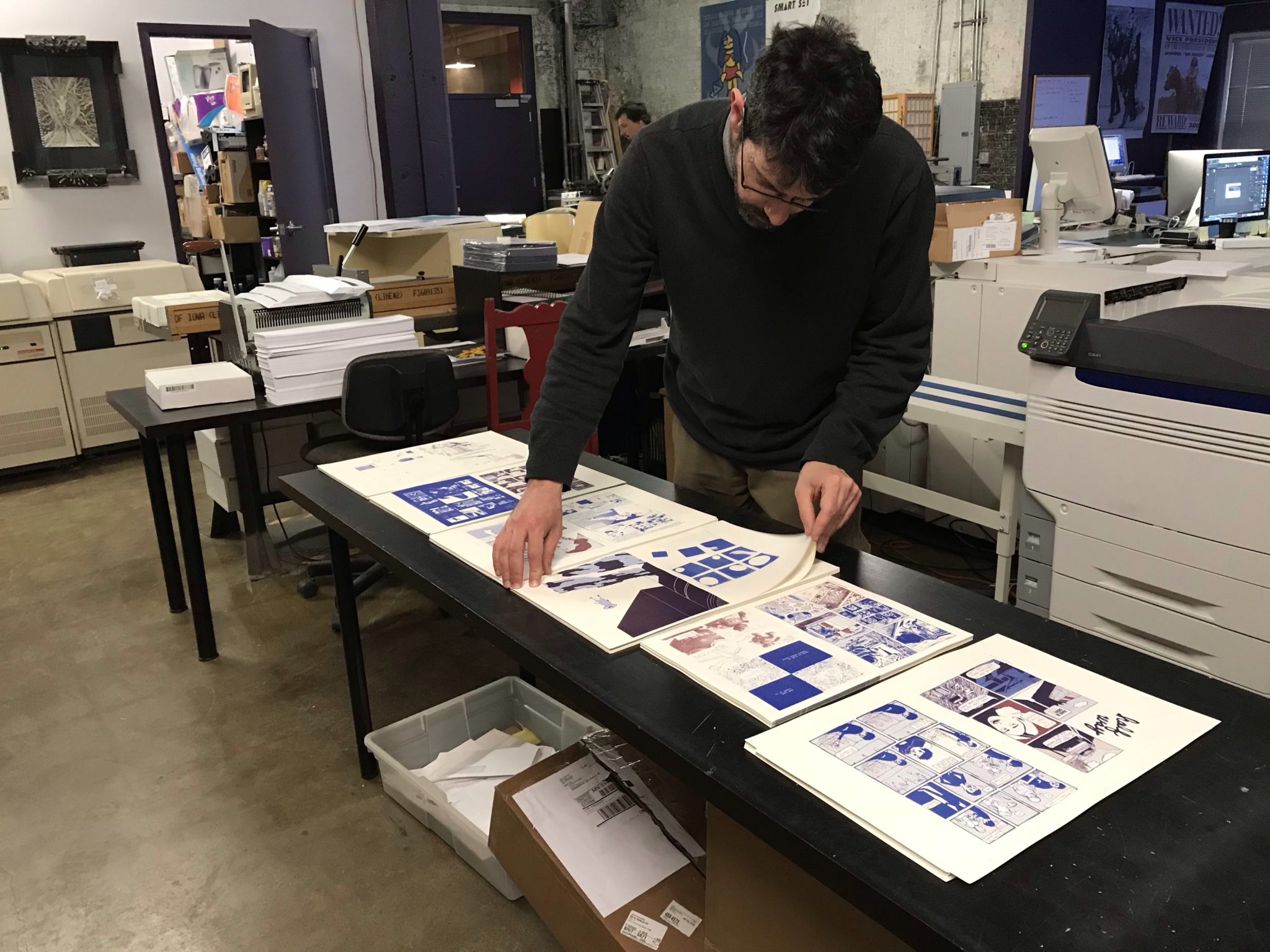
Kyle Harabedian
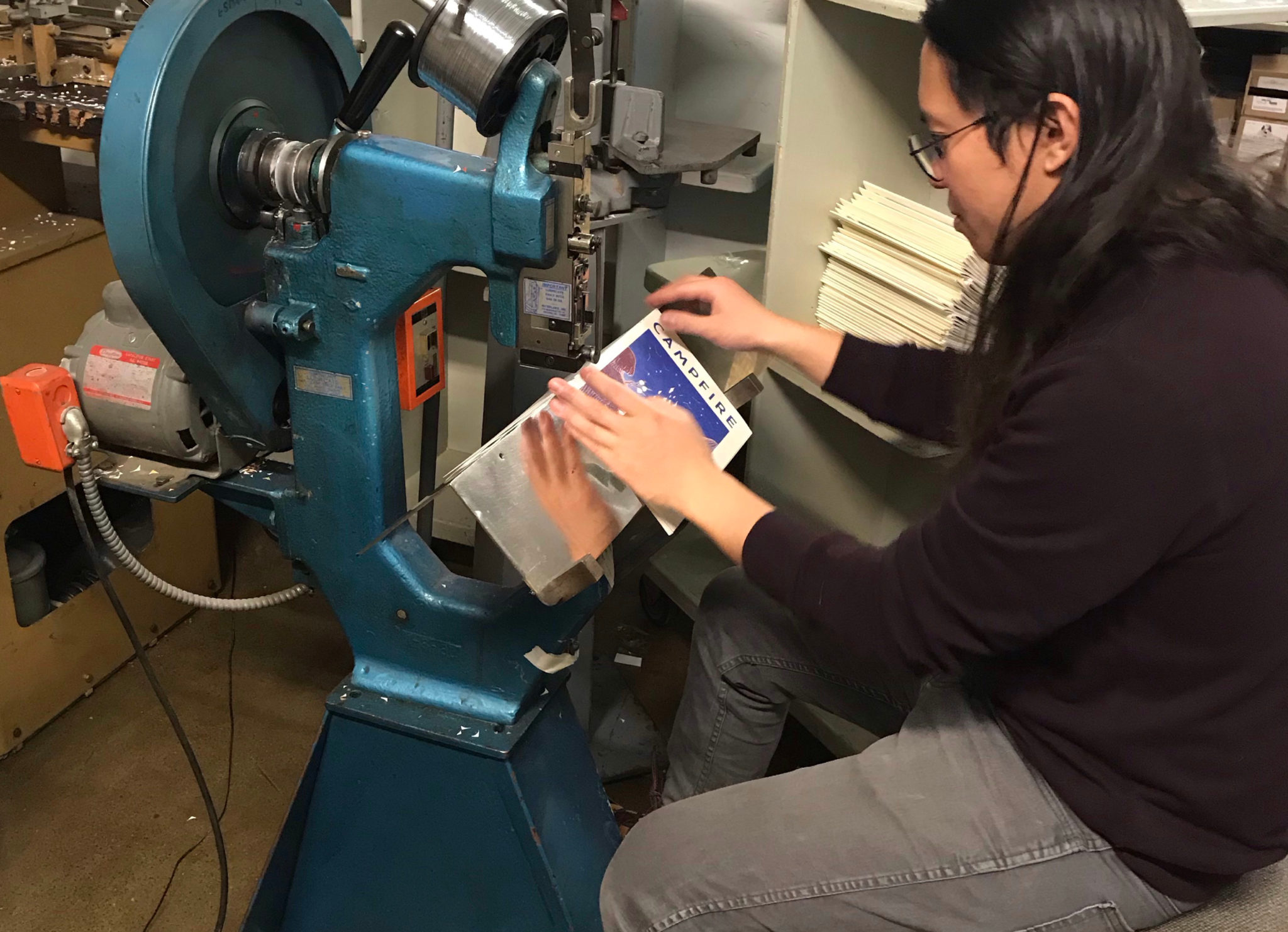
Dennis Madamba '14
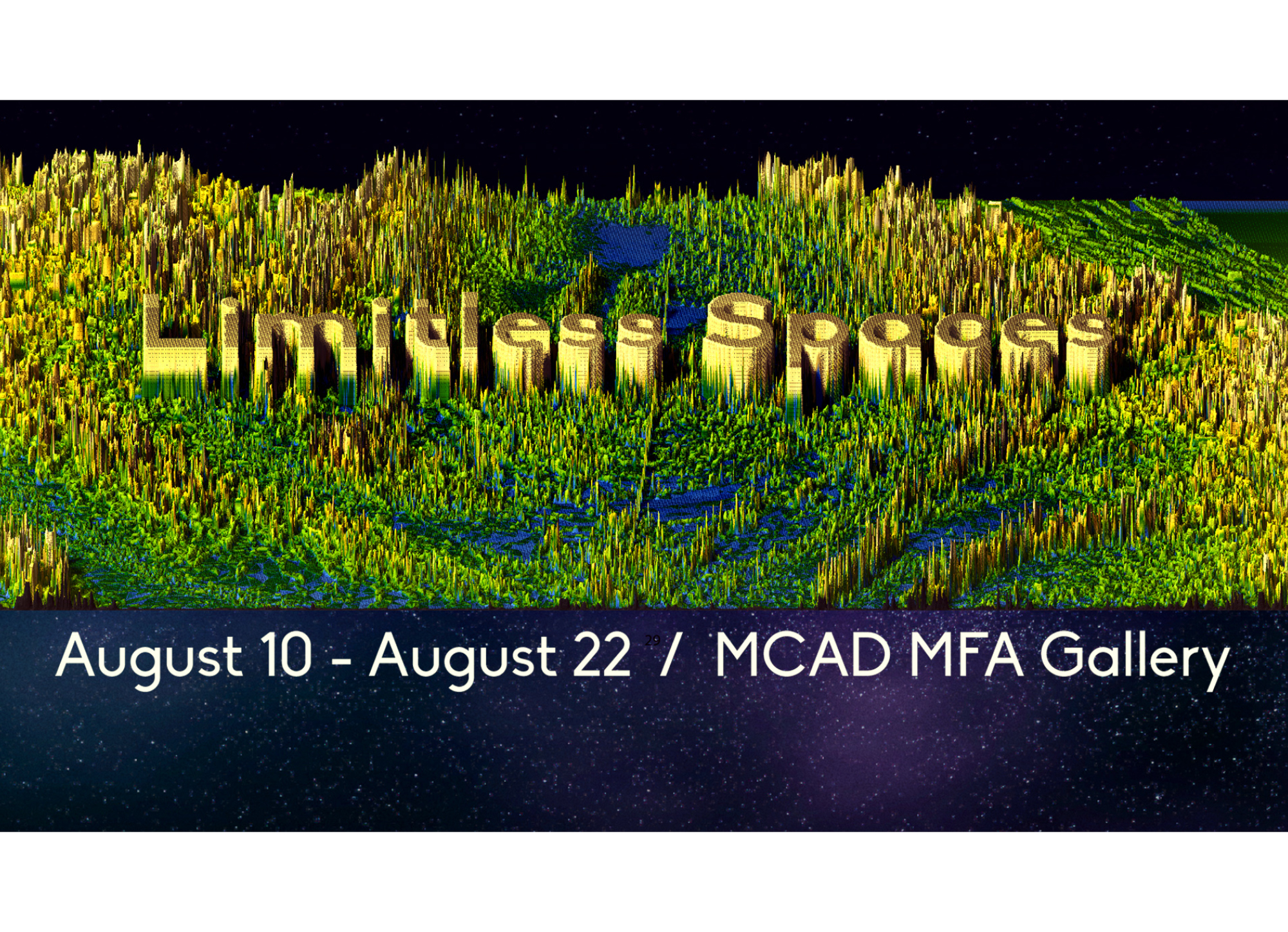
Zoe Cinel and Shirin Ghoraishi collaboration
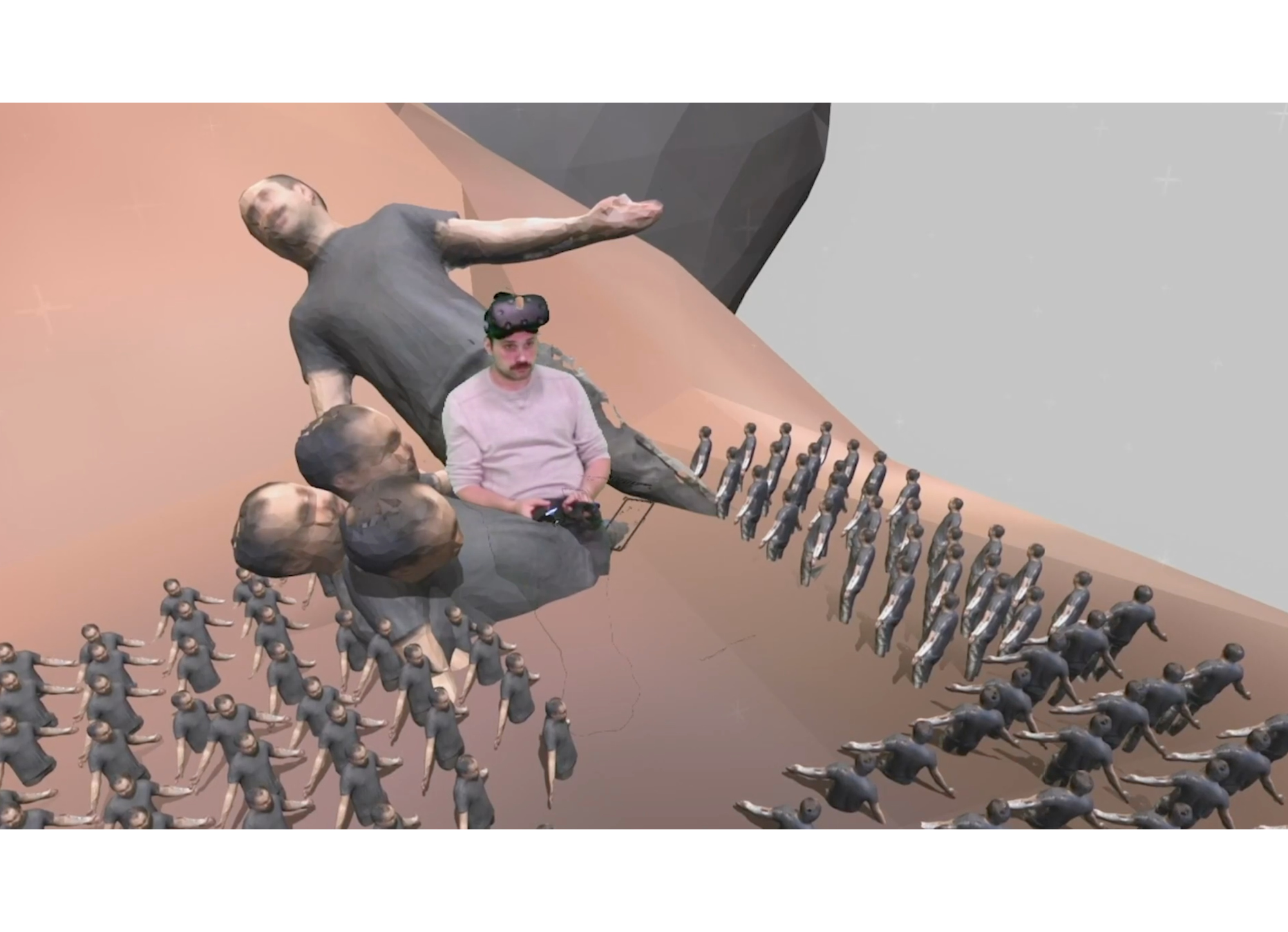
Zoe Cinel and Shirin Ghoraishi collaboration
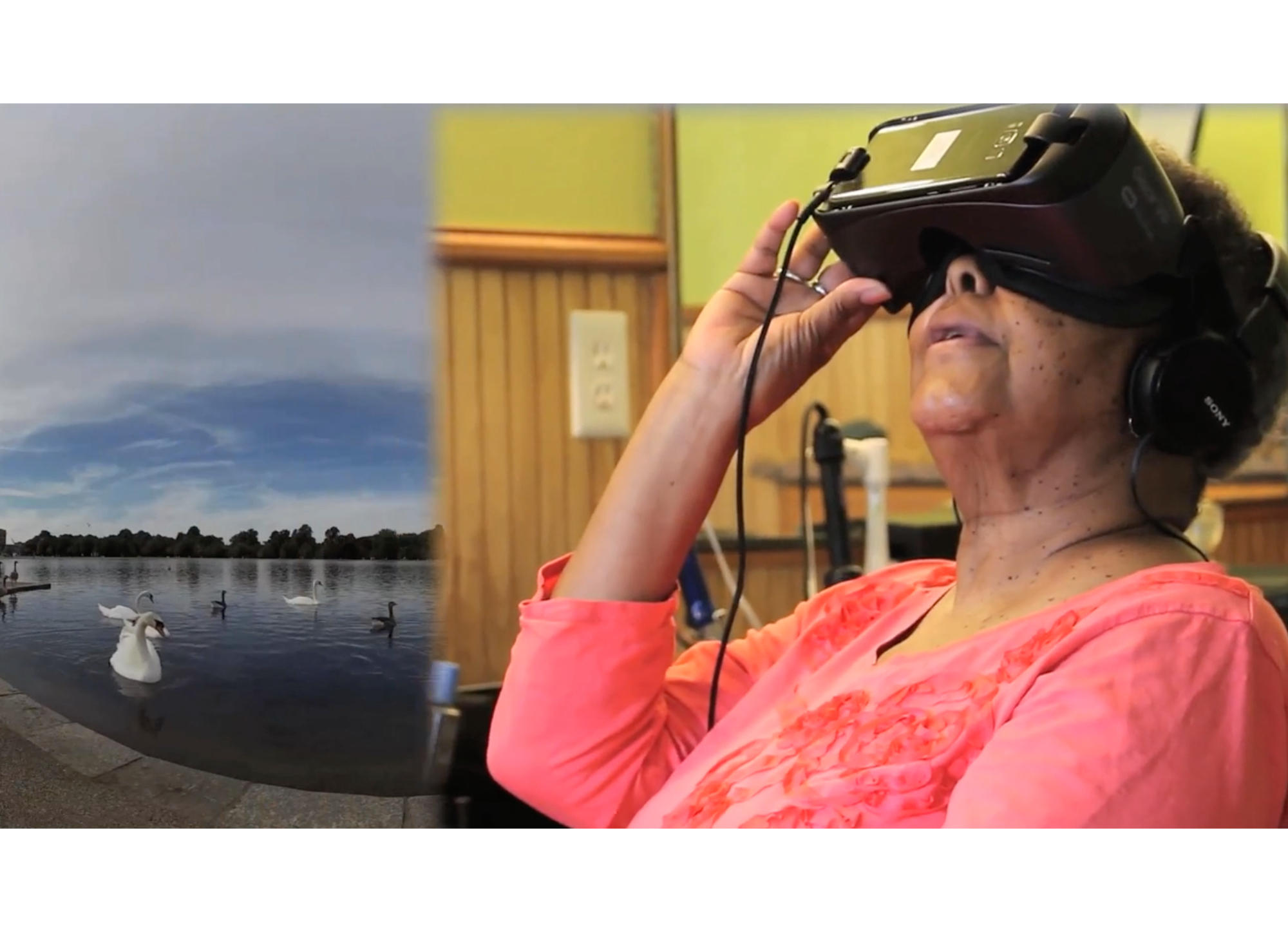
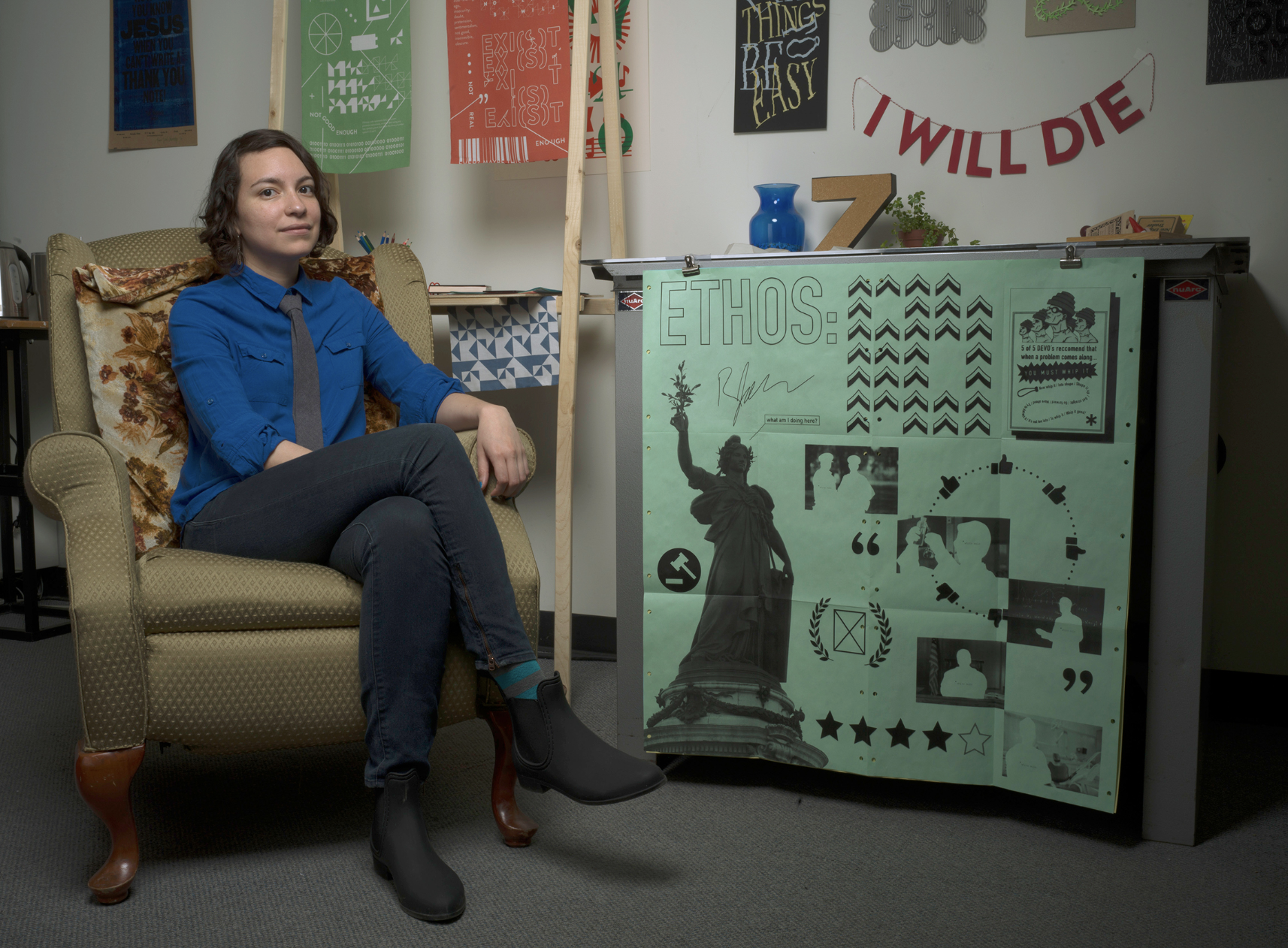
Maria José Castillo
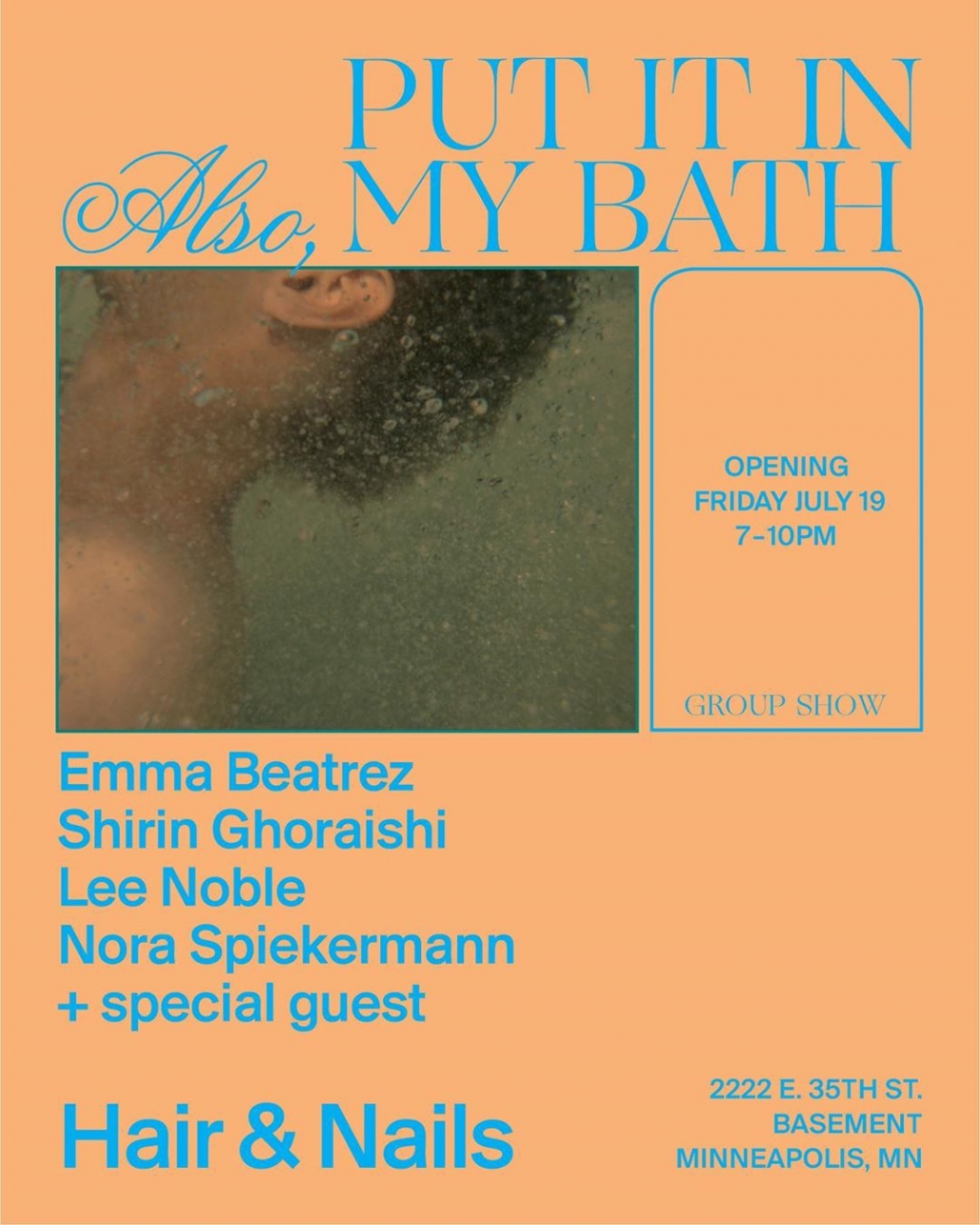
Shirin Ghoraishi, Emma Beatrez, Lee Noble, Nora Spiekermann collaboration


